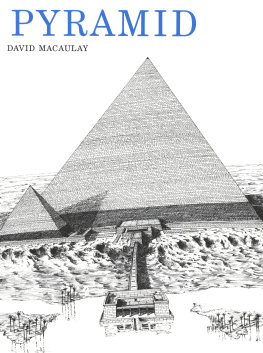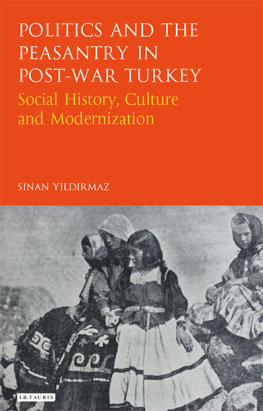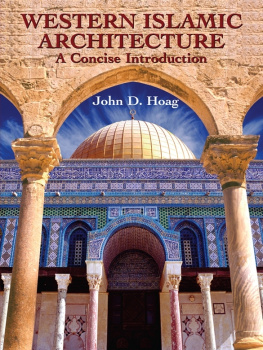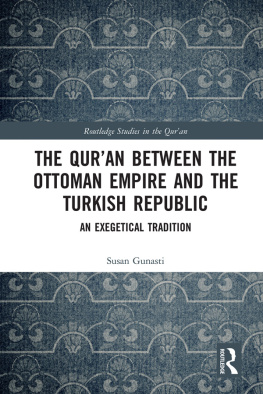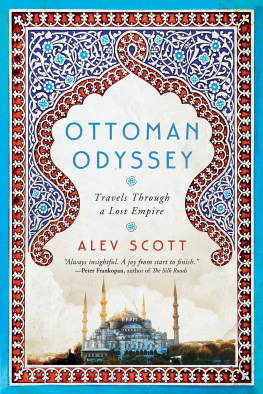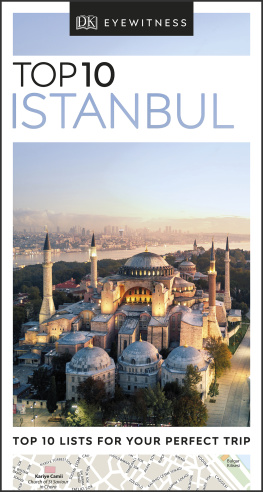Macaulay - Mosque
Here you can read online Macaulay - Mosque full text of the book (entire story) in english for free. Download pdf and epub, get meaning, cover and reviews about this ebook. City: Toronto;Turkey, year: 2005, publisher: Houghton Mifflin Harcourt;Cnib, genre: Religion. Description of the work, (preface) as well as reviews are available. Best literature library LitArk.com created for fans of good reading and offers a wide selection of genres:
Romance novel
Science fiction
Adventure
Detective
Science
History
Home and family
Prose
Art
Politics
Computer
Non-fiction
Religion
Business
Children
Humor
Choose a favorite category and find really read worthwhile books. Enjoy immersion in the world of imagination, feel the emotions of the characters or learn something new for yourself, make an fascinating discovery.
Mosque: summary, description and annotation
We offer to read an annotation, description, summary or preface (depends on what the author of the book "Mosque" wrote himself). If you haven't found the necessary information about the book — write in the comments, we will try to find it.
Mosque — read online for free the complete book (whole text) full work
Below is the text of the book, divided by pages. System saving the place of the last page read, allows you to conveniently read the book "Mosque" online for free, without having to search again every time where you left off. Put a bookmark, and you can go to the page where you finished reading at any time.
Font size:
Interval:
Bookmark:
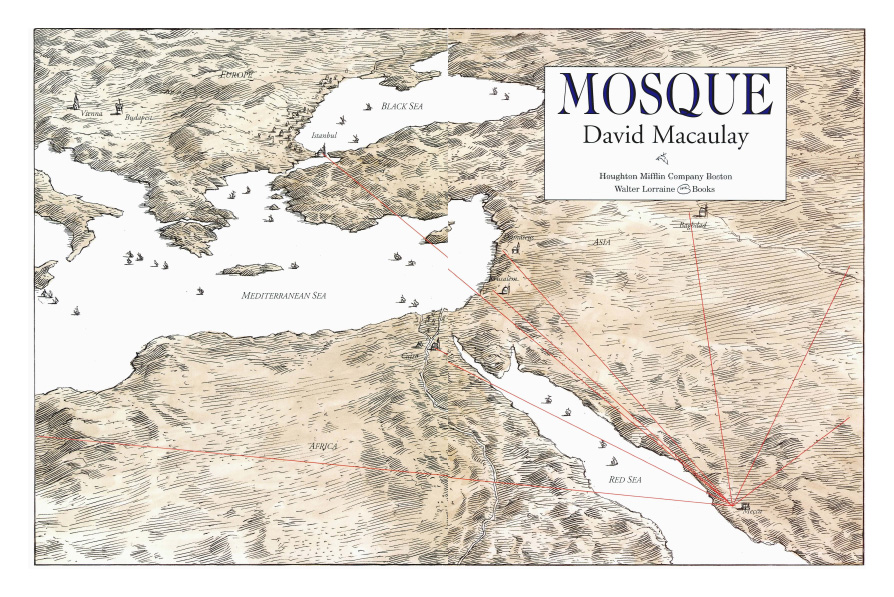
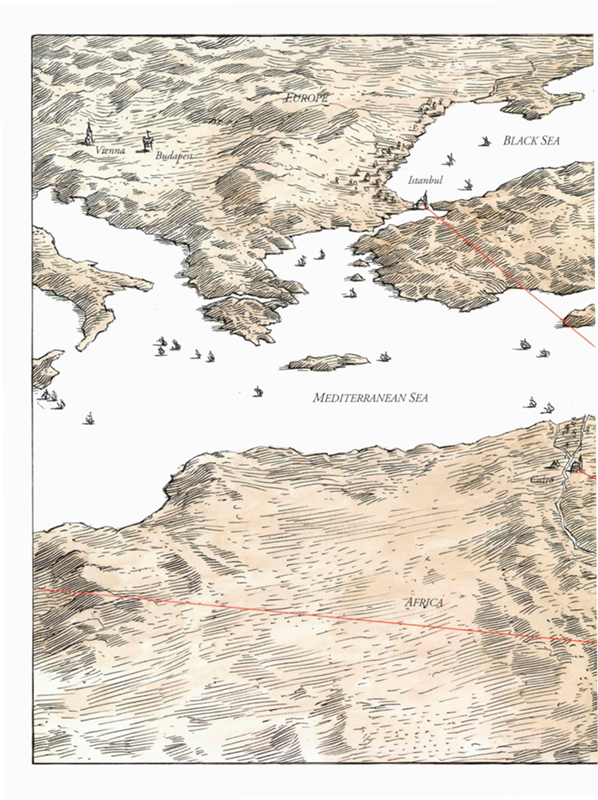
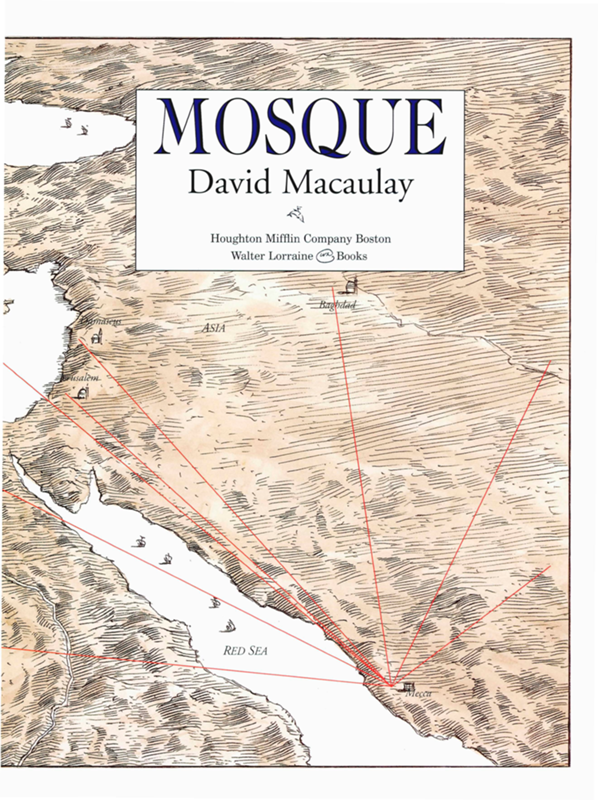
MOSQUE
David Macaulay
Houghton Mifflin Company Boston
Walter Lorraine Books
For my children and their children's children
The building complex in this story is fictional, as are its patron and architect. The individual structures, however, are modeled directly on existing examples built between 1540 and 1580 in and around Istanbul, Turkey, by Sinan, the most famous architect of the Ottoman Empire.
In piecing together the various construction details I was introduced to a number of books on a subject I quickly realized I knew very little about. I was con-vinced, however, that the time had come to find out where these extraordinary buildings came from, who built them, why, and of course how. Those looking for more information on Sinan, mosques, or Ottoman archi-tecture should treat themselves to books either written or edited by Dogan Kuban, Aptulla Kuran, Godfrey Goodwin, Hans G. Egli, the family Uluengin, Martin Frishman and Hasan-Uddin Khan, John Freely, Marcus Hattstein and Peter Delius, Rowland J. Mainstone, and Reha Gunay.
For their personal contributions to this journey, I would particularly like to thank the filmmaker Suha Arin, Professors Suphi Saatchi, architect M.Sc., Gulsun Tanyeli, and Ilknur Kolay at the Istanbul Technical University, architects Bulent and Mehmet Bengu
Uluengin, Professor Hasan-Uddin Khan, and my guide and connection to almost all those listed above, fixer and friend Akif Ergulec. Closer to home, my thanks to our neighbor Kathryn Swanson who was always willing to put down her trowel or hat boxes for an on-demand objective comment. And last but not least, here in the trenches with me, thanks to my long suffering wife, Ruthie, who managed to maintain her critical eye long after mine was of dubious reliability. Without her steady support this book would still be on the drawing board.
It seems to me that the best examples of religious architecture are among humankind's proudest accom-plishments. When working in the service of some higher entity, we humans seem capable of surpassing our reach and perhaps even our expectations. Motivated by faith, but guided ultimately by common sense, these builders created constructions that reveal a level of ingenuity, ambition, and craftsmanship rarely found in secular architecture. The greatest achievement of these build-ings, however, as well as the ultimate indication of their success, lies in their ability to impress and move even those whose personal beliefs they do not necessarily serve.
Walter Lorraine Books
Copyright 2003 by David Macaulay
All rights reserved. For information about permission to
reproduce selections from this book, write to Permissions,
Houghton Mifflin Company, 215 Park Avenue South,
New York, New York 10003.
www.houghtonmifflinbooks.com
Printed in China
WKT 10 9 8 7 6 5 4
Library of Congress Cataloging-in-Publication Data
Macaulay, David.
Mosque / David Macaulay.
p. cm.
RNF ISBN 0-618-24034-9 PA ISBN 0-547-01547-X
1. MosquesDesign and construction. I. Title.
NA4670.M33 2003
726'.2dc21 2003000177
RNF ISBN-13 978-0-618-24034-9 PA ISBN-13 978-0-547-01547-7
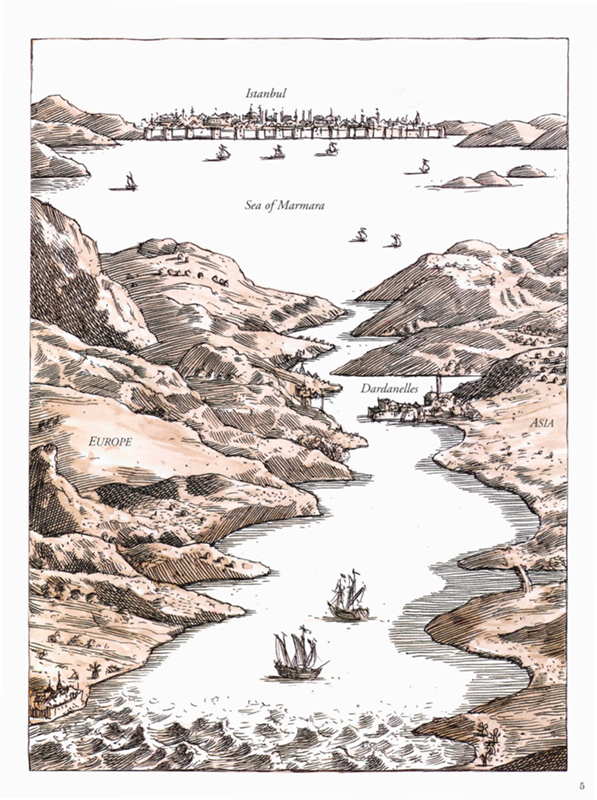
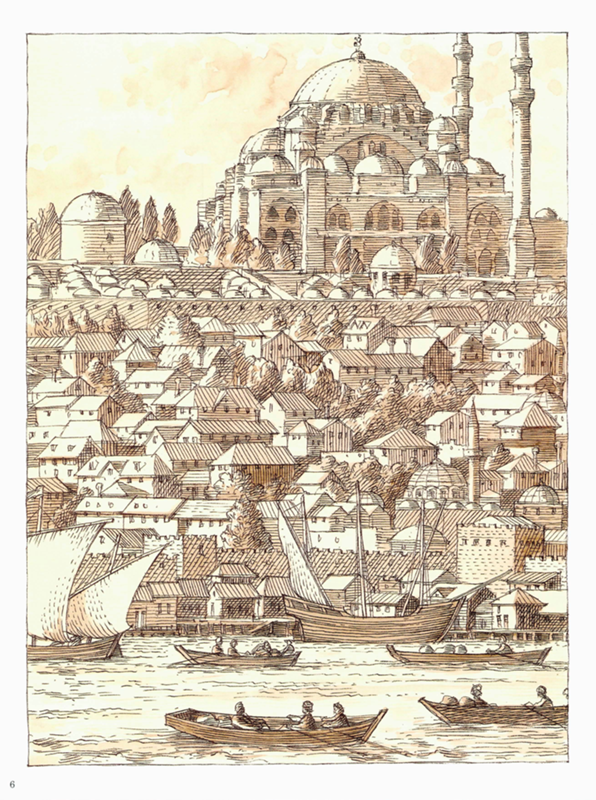
By the middle of the sixteenth century, the Ottomans had built the largest Muslim empire in the world. With superior forces on land and sea, a series of sultans had extended its borders from Algiers in the west to Baghdad in the east, from the outskirts of Vienna in the north to beyond Mecca in the south. With the establishment of military dominance came the inevitable building of trade and cultural links, and with these spread the message of Islam and its five pillarsfaith, prayer, charity, fasting, and pilgrimage.
One indication of the empire's unrivaled power was the phenomenal wealth that found its way into the sultans' treasury as well as into the pockets of Istanbul's most influential citizens. For these individuals, however, adherence to the principle of charity was further encouraged by laws that prevented the bequeathing of one's entire fortune to one's children. It became a well-established practice, therefore, for the richest members of society to endow charitable foundations to channel their personal wealth into a variety of religious, educational, social, and civic activities. In addition to a new mosque, these foundations would require a number of specific buildings all grouped into an architectural complex called a kulliye.
All of the great Ottoman buildings of the second half of the sixteenth century either were mosques or belonged to their adjacent kulliyes. Remarkably, most of these buildings were the work of one man, an engineer and architect named Sinan. As chief court architect for almost fifty years, Sinan, along with his assistants, designed and oversaw the construction of buildings, bridges, and aqueducts all across the empire. By the time of his death at the age of one hundred, he had personally served as architect for some three hundred structures in Istanbul alone.
By Sinan's time, the basic form of the Ottoman mosque was well established. It consisted of an open prayer hallideally a perfect cube covered by an equally perfect hemisphere-shaped dome, a covered portico, an arcaded courtyard similar in area to the prayer hall itself, a fountain, and a slender minaret (usually more than one if the mosque was built by royalty). Over time the domed cube became the standard form for all the buildings of a kulliye, regardless of their function.
While the high domes and minarets of the various mosques of Istanbul served as beacons for those wishing to pray or simply to find temporaiy refuge from the chaos of city life, the countless rows of smaller domes belonging to the kulliyes must have provided a reassuring sense of order in the midst of an often disorienting maze of crooked streets and disappearing alleys.
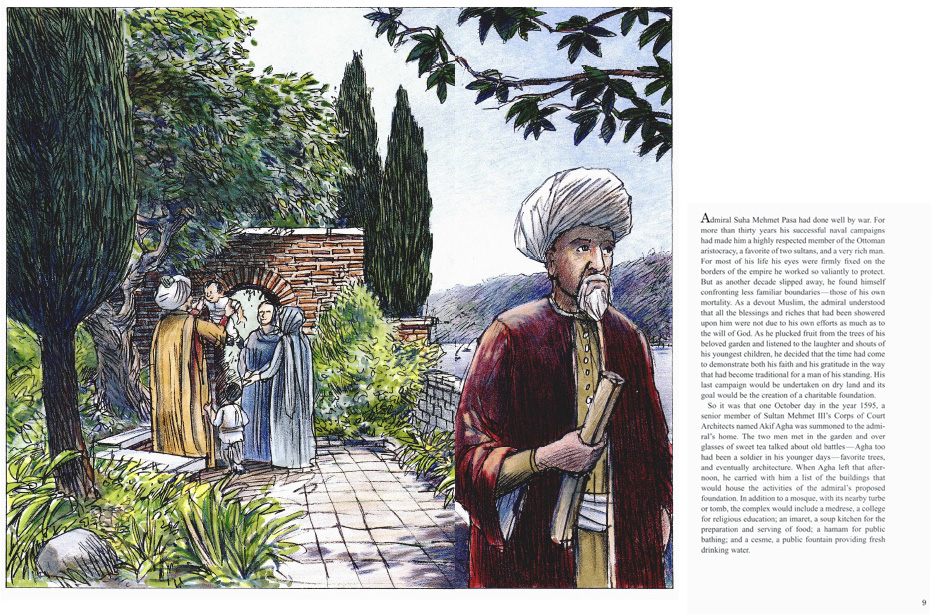
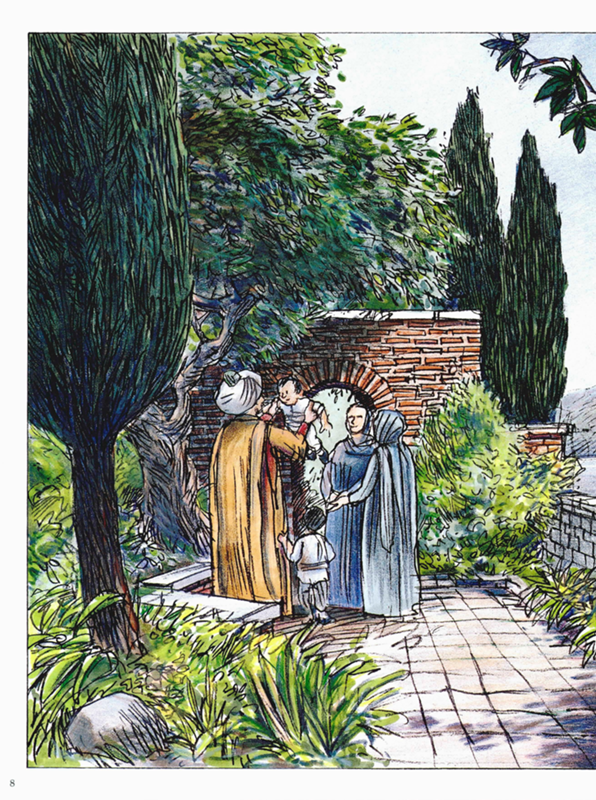

Admiral Suha Mehmet Pasa had done well by war. For more than thirty years his successful naval campaigns had made him a highly respected member of the Ottoman aristocracy, a favorite of two sultans, and a very rich man. For most of his life his eyes were firmly fixed on the borders of the empire he worked so valiantly to protect. But as another decade slipped away, he found himself confronting less familiar boundariesthose of his own mortality. As a devout Muslim, the admiral understood that all the blessings and riches that had been showered upon him were not due to his own efforts as much as to the will of God. As he plucked fruit from the trees of his beloved garden and listened to the laughter and shouts of his youngest children, he decided that the time had come to demonstrate both his faith and his gratitude in the way that had become traditional for a man of his standing. His last campaign would be undertaken on dry land and its goal would be the creation of a charitable foundation.
Next pageFont size:
Interval:
Bookmark:
Similar books «Mosque»
Look at similar books to Mosque. We have selected literature similar in name and meaning in the hope of providing readers with more options to find new, interesting, not yet read works.
Discussion, reviews of the book Mosque and just readers' own opinions. Leave your comments, write what you think about the work, its meaning or the main characters. Specify what exactly you liked and what you didn't like, and why you think so.





